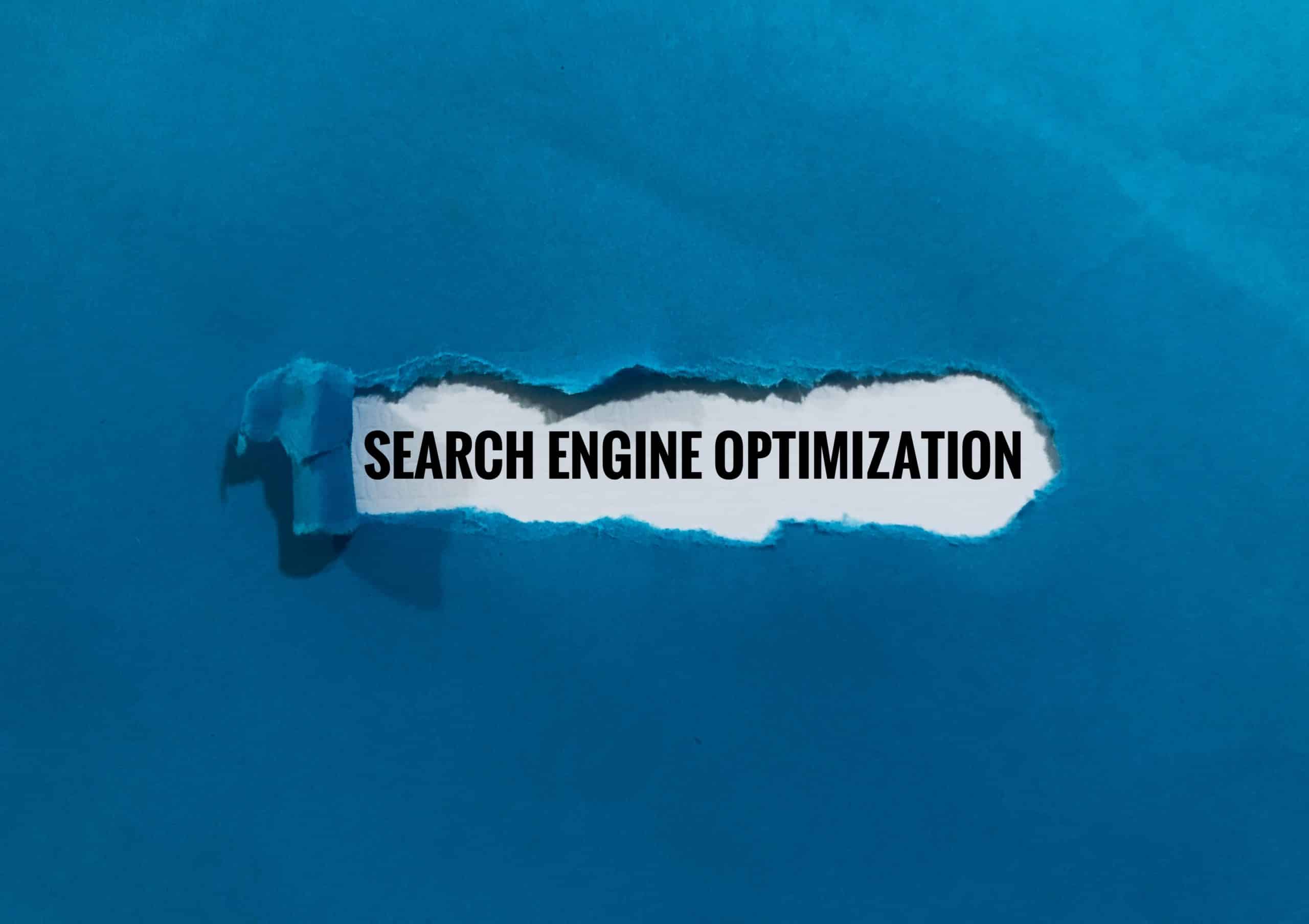In a world swiftly shifting towards smart cities and digital systems, the role of data and technology in urban planning cannot be overstated. Specifically, one tool that has been making a significant impact is drones. These unmanned aerial vehicles (UAVs) are being increasingly used in a variety of applications, from construction site management to energy infrastructure analysis. But what if we can boost their capabilities even further with Artificial Intelligence? Let’s dive into how AI-enhanced drones can redefine the dynamics of urban planning and development projects.
Leveraging Drone Technology for Urban Planning
Before we delve into the specifics of AI-enhanced drones, let’s first understand the role of basic drone technology in urban planning. Drones, also known as UAVs, have been gradually transforming the field of urban planning and design. Their main advantage lies in their ability to capture aerial data, giving planners a comprehensive view of the cityscape. This bird’s eye view has changed the way urban areas are mapped, designed, and visualized.
In the same genre : What Innovations Are Driving the Adoption of Smart Fabrics in Healthcare?
Using drones, urban planners can capture high-resolution images of large areas in short periods of time. This is particularly useful in rapidly changing urban environments where ground-based surveys can be time-consuming and inefficient. Drones can also provide real-time data, making it possible for planners to monitor changes, track developments, and plan interventions more effectively.
The Intersection of AI and Drones in Urban Development
Now, let’s take this a step further and imagine drones not just as data capturing tools, but as intelligent systems capable of analyzing the collected information. Here is where AI comes into the picture. AI-enhanced drones are equipped with advanced algorithms that can analyze aerial data in real-time. This feature drastically minimizes the time required to process data and provides actionable insights almost instantaneously.
Also to discover : What Is the Future of Personal Security Drones in Public and Private Spaces?
In urban development, AI-equipped drones can automatically detect and classify objects in their surrounding environment. This could range from identifying different types of buildings to recognizing road patterns and traffic flows. With such capabilities, these drones can assist urban planners in assessing the current state of the city, predicting future trends, and making data-driven decisions.
Drones in Infrastructure and Energy Management
One of the key applications of drones in urban planning involves infrastructure and energy management. Drones can help monitor the condition of urban infrastructure, such as roads, bridges, and buildings. Moreover, with their ability to easily navigate through difficult terrains and reach inaccessible areas, drones can inspect this infrastructure with unprecedented ease and efficiency.
When integrated with AI, drones can further enhance their role in infrastructure management. For instance, AI-enabled drones can analyze the captured images and identify signs of wear and tear, anomalies, or potential risks in the infrastructure. This can facilitate proactive maintenance and timely interventions, thereby reducing the risk of infrastructure failure and its associated costs.
In the context of energy management, drones can help monitor and assess the performance of renewable energy installations, such as solar parks and wind farms. They can provide valuable data about the condition of the panels or turbines, their alignment, and energy output.
Revolutionizing Construction Management with Drones
Another crucial application of AI-enhanced drones lies within the realm of construction management. In this field, drones can provide a range of solutions, from site inspection to progress monitoring and safety compliance checks.
With AI integration, the scope of drones in construction management can be expanded significantly. AI algorithms can analyze aerial images to track construction progress and compare it with the planned schedule. The system can even alert project managers about potential delays or discrepancies, enabling prompt corrective measures.
Moreover, drones can also help ensure safety regulations in construction sites. For instance, AI-enabled drones can automatically identify safety hazards like missing safety equipment or risky worker behaviors, thereby promoting a safer work environment.
The Future of Drones and AI in Urban Planning
With the rapid advancements in AI and drone technology, the potential applications in urban planning are beyond exciting. As cities continue to evolve, the need for innovative and data-driven solutions is crucial. AI-enhanced drones, with their ability to capture and analyze data in real-time, offer a promising solution to many of the challenges faced in urban planning and development.
From mapping and monitoring urban growth, to managing energy infrastructure and overseeing construction projects, drones are poised to redefine urban planning. And with the added power of AI, the possibilities are truly endless. As we look towards the future, one thing is certain – AI-enhanced drones will play a pivotal role in shaping and optimizing our urban landscapes.
Unveiling the Potential of AI and Drones in Remote Sensing and Data Collection
Urban planning and development are significantly reliant on the accuracy and the comprehensiveness of the data collected about the cityscape. Traditional methods of data collection often involve on-ground surveys and manual inspections, which can be time-consuming, labor-intensive, and limited in scope. This is where drones equipped with AI come in.
Drones, through their inherent capability of aerial surveillance, offer an efficient, cost-effective, and highly scalable solution for data collection. However, the true potential of drone technology for urban design is realized when it is coupled with artificial intelligence and machine learning.
AI-enhanced drones can capture high-resolution images and videos in real-time, providing accurate and timely data about the urban areas. The remote sensing capabilities of these drones can enable planners to monitor urban growth, assess infrastructure conditions, and track environmental changes with unprecedented detail and scale.
Furthermore, AI technology can transform these colossal data sets into meaningful insights. Through computer vision, AI algorithms can analyze the captured images, identify patterns, and provide detailed analytics that can guide decision making in urban planning. This not only accelerates the data processing but also enhances the precision and reliability of the insights generated.
For instance, AI-enhanced drones can map the city’s green spaces, identify illegal constructions, monitor traffic patterns, or even assess the impact of urban development on local ecosystems. This capability of providing a data-rich, holistic, and dynamic understanding of urban areas is what makes AI-enhanced drones a revolutionary tool in urban planning.
AI-Enhanced Drones: The Cornerstone of Smart Cities
The concept of smart cities revolves around the integration of data and digital technology to enhance the quality of urban life, sustainability, and efficiency of services. In this regard, AI-enhanced drones can be a game-changer.
By providing a stream of real-time data and actionable insights, drones can enable a data-driven approach to urban management. Whether it’s optimizing traffic flows, improving energy efficiency, managing waste, or enhancing public safety, drones can provide the necessary data and insights to make informed decisions.
Furthermore, drones can also contribute to urban resilience. By monitoring infrastructure conditions and environmental changes, they can support proactive interventions and disaster management. For instance, in case of floods, drones can provide real-time information about the affected areas, helping in efficient rescue and relief operations.
The integration of AI can further augment these capabilities. For example, AI algorithms can analyze data to predict traffic congestion or power consumption patterns, enabling preemptive actions. AI can also enable drones to autonomously navigate the cityscape, expanding their applications from surveillance to delivery services or pollution control.
While the use of AI-enhanced drones in urban planning is still in its infancy, the potential is immense. As we continue to harness the power of AI and drone technology, we can anticipate a future where drones will be an integral part of our smart city landscapes, making them more livable, sustainable, and resilient.
Conclusion
The merging of AI and drone technology presents a unique opportunity to redefine urban planning and development. Equipped with machine learning and computer vision, drones can capture and analyze data in real-time, providing comprehensive, accurate, and timely insights about urban areas.
Such AI-enhanced drones can transform the way we map our cities, monitor urban growth, manage infrastructure, and make planning decisions. They can also play an instrumental role in realizing the vision of smart cities, promoting data-driven governance, sustainability, and urban resilience.
While challenges in terms of regulations, privacy, and technical capabilities persist, the future of AI-enhanced drones in urban planning looks promising. As we navigate this exciting frontier, it is essential to foster an inclusive, ethical, and sustainable approach to ensure the benefits of this transformative technology are reaped by all.






